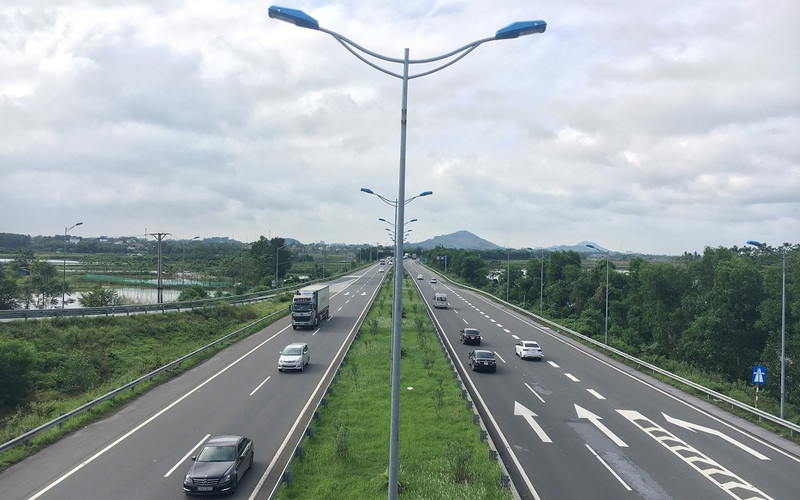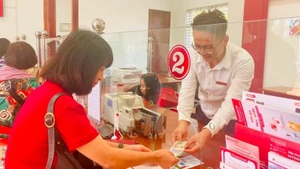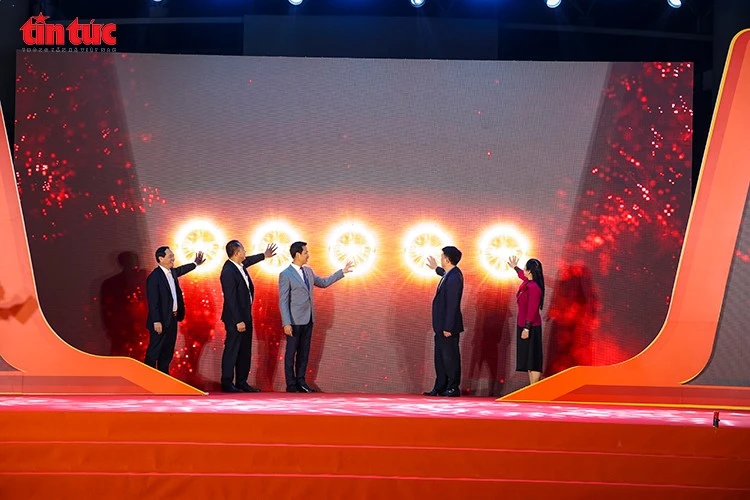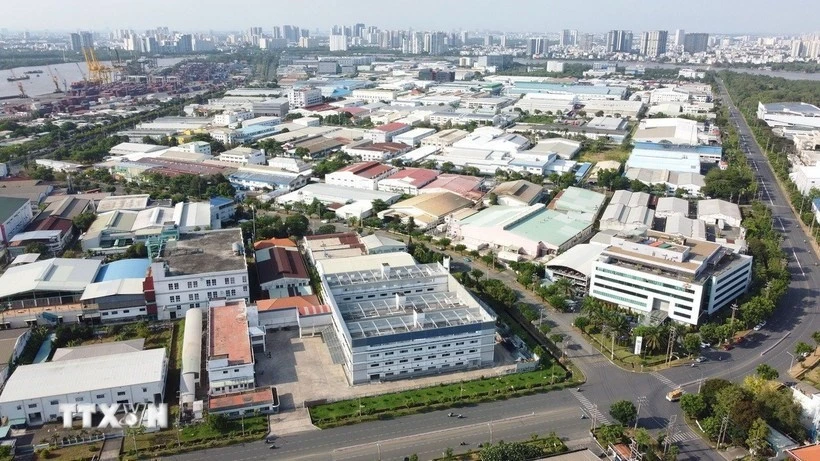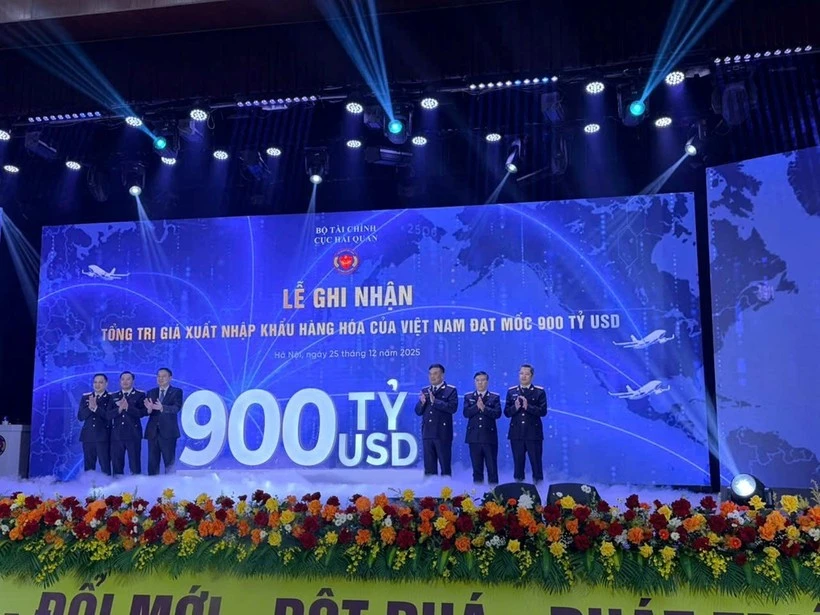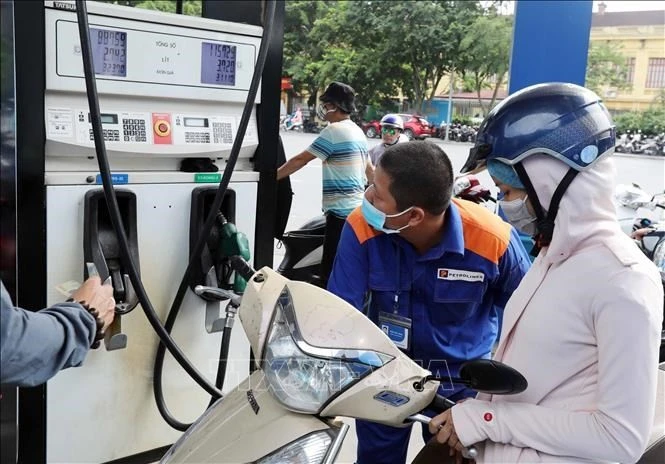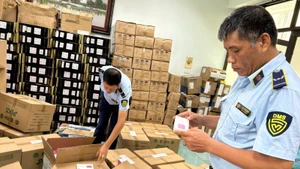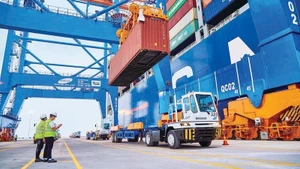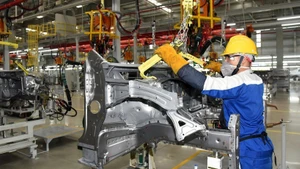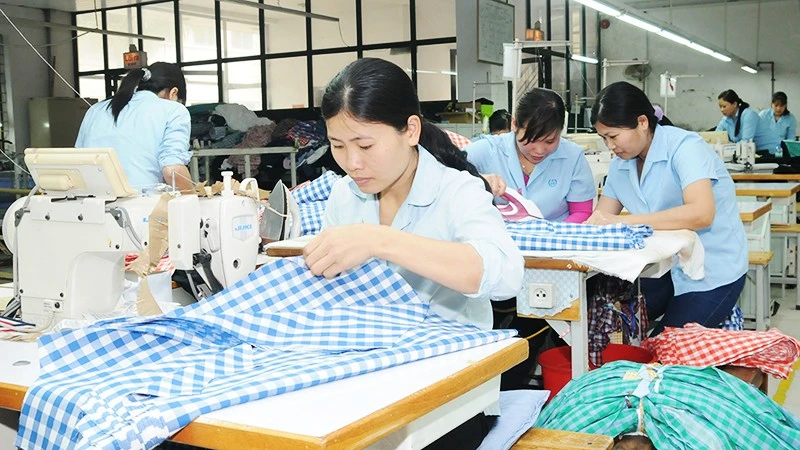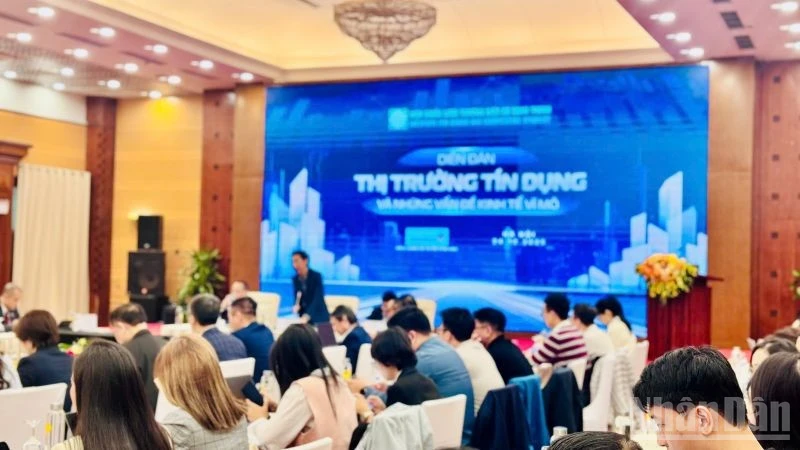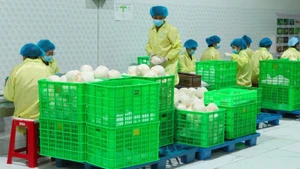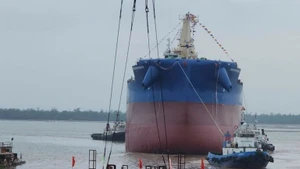The goal in the next five years will be to complete more than 2,000 km of expressways with a total investment of nearly VND400 trillion (over US$17.5 billion), of whichabout VND239.5 trillion will be allocated from the state budget and the remaining VND153.5 trillion will be mobilised from non-state sources.
To be frank, if there is no specific policy, the achievement of the above goal will be very difficult. Therefore, it is necessary to develop a breakthrough mechanism for piloting and submitting to the NA for consideration towards the promulgation of a resolution, serving as a basis for implementation for the next five years.
The MoT has proposed the competent authority to decide the investment policy of the project to consider and decide on the percentage of state capital participating in the project in the form of PPP that exceeds 50% of the total investment of the project; allowing the Government to issue bonds for local re-loan and include in overspending of the local budget.
At the same time, it is proposed to apply the form of contractor appointment to bidding packages for project formulation consultancy, technical design and estimation consultancy, construction supervision consultancy, and relocation bidding packages, along with technical infrastructure works to serve site clearance.
The Ministry has also proposed to allow investors and construction contractors to be granted the right to exploit minerals as common construction materials (soil, sand, stone) only used for highway projects. The People's Committees of the centrally run provinces and cities where the expressway project is located have demarcated the area of minerals used as common construction materials mentioned above as an area where the mining rights are not auctioned.
According to some traffic experts, during the implementation of the Hanoi - Hai Phong expressway project in the past, the State piloted many specific mechanisms such as support for site clearance; the Government guarantees the loan; investors were allowed to exploit a number of land funds around the route, etc. Management agencies can summarise, evaluate and consider which mechanism is appropriate to propose for upcoming projects.
It is necessary to study and raise the appropriate state capital contribution rate in investing in expressway projects in the form of PPP. Many projects are urgent, but transportation demand is low in the early stages, so a higher state capital contribution rate is needed to increase attractiveness and feasibility. The PPP Law stipulates that the state capital participation should not exceed 50% of the total investment. Some projects will be forced to switch to using the budget in the current situation, whilemany projects will come to a "dead end".
In the past time, some localities have proposed that the Government issue bond packages and lend them back, localities are responsible for repaying from local revenue sources, especially the additional source from exploiting the land fund. However, at present, there is no legal corridor for this form, so the MoT proposed that the NA consider promulgating this mechanism.
In addition, the implementation of licensing procedures for mining construction materials under the Law on Minerals in recent years has taken a lot of time. Therefore, in order to have raw materials source for key highway projects, the master planning of material mines can be considered and the investor or the Project Management Board under the Ministry of Transport can be assigned to manage mines. After the project is completed, these mines can be handed over to localities for management or auction the remaining resources. Construction contractors are assigned to mine and only serve national key projects.
Currently, a number of localities such as Quang Ninh have been doing very well the material mechanism for infrastructure projects invested with budget capital, which help provide proactive source of materials while controlling and optimising project investment costs.
